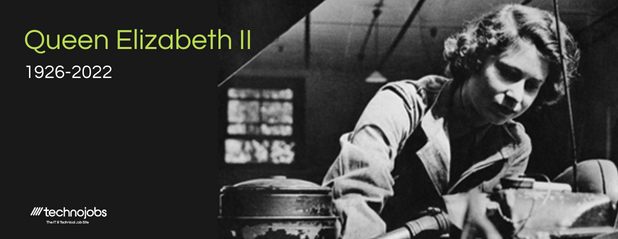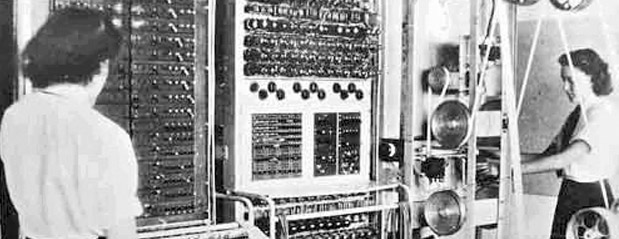What Does an Engineer look Like?

This week thousands of female engineers have taken to Twitter to refute the common misconception that all engineers are men. Using the hashtag #iLookLikeAnEngineer, women working in STEM (Science, Technology, Engineering and Mathematics) associated industries have been posting pictures of themselves letting the world know what they do for a living.
The campaign came to fruition after an advert aimed at recruiting new developers for OneLogin, a security company in San Francisco, attracted a lot of attention online. The advert features a photo of OneLogin employee Isis Anchalee, a female platform engineer, who received a number of misogynist comments online about female engineers following her feature on the advert.

Anchalee, understandably angered by the negative comments, took to Twitter and Medium to dispel the myths surrounding women working in STEM subjects and encouraged others to help redefine what an engineer should look like by using the #iLookLikeAnEngineer hashtag. By Tuesday morning in San Fran, the hashtag had already received 36,000 tweets; a website was set up to support the campaign and an app for creating and sharing the photos. A T-shirt featuring the tag, with half of the proceeds going to charity has also been created.
This story has caused us to look at the balance of men – women in STEM subjects in the UK and the rest of the world. The outcome was bleak. According to the guardian women currently represent only 7% of the engineering workforce in the UK, which is the lowest percentage in Europe. Last year former Labour leader Ed Miliband claimed that the UK needed about 780,000 engineers by 2020 to meet industry demand. Currently the country is training less than half of that.
Although the situation in the UK is of particular concern, globally the distribution of women in STEM careers is still greatly lacking. At Google, for example, only 30% of its entire workforce is female with just 18% of women in its technology divisions. Similarly, Facebook has a 32% female workforce, with only 16% of its female employees in technology related roles.
In 1842, Ada Lovelace wrote a computer program for a machine that didn’t exist yet. She was encouraged by her mother to focus her studies on mathematics which was seen as an unconventional career choice for women at the time. More than 150 years later, women are still lacking in science fields. Women now earn close to 60% of bachelor’s degrees overall, but only 20% of the degrees in computer science, 20% in physics and 18% of those in engineering according to the New York Times.
So what is keeping women out of STEM subjects?
Mistreatment at school
Going back to school years, it isn’t uncommon for teachers and classmates to stereotype girls who are interested in science and maths. This discourages female’s interest in these subjects from a young age from fear of how they will be perceived by their peers.
Lack of Encouragement
Ada Lovelace was encouraged to pursue mathematics by her mother, who didn’t want her daughter to fall into the ‘dangerous poetic tendencies’ of her father. Studies have shown that when women are told that men score better in maths tests than women, they tend to score worse. When told that is not true, the two genders score equally.
Stereotypes
In television shows such as “The Big Bang Theory”, female scientists are portrayed as nerdy misfits, while the non-scientist is the only normal and desirable female character.
Marginalisation
Women software developers only earn 80% of what their male counterparts do. Therefore even when women do embark on a STEM career they are frequently paid less, given less lab and office space, receive fewer awards for their work and given access to fewer resources – according to an MIT committee.
Clearly there is much for women in these areas to overcome just to be able to pursue their interests and passions. It will be challenging, but with people like Isis Anchalee raising awareness and promoting women in these fields, we will be able to dispel this stigma and make females feel confident and safe in STEM employment.




